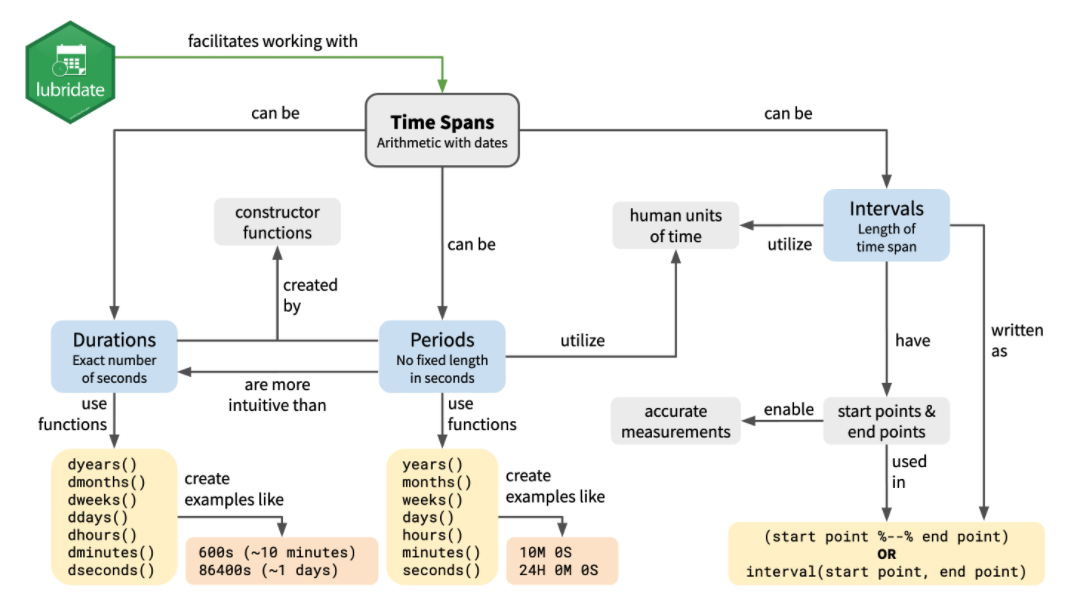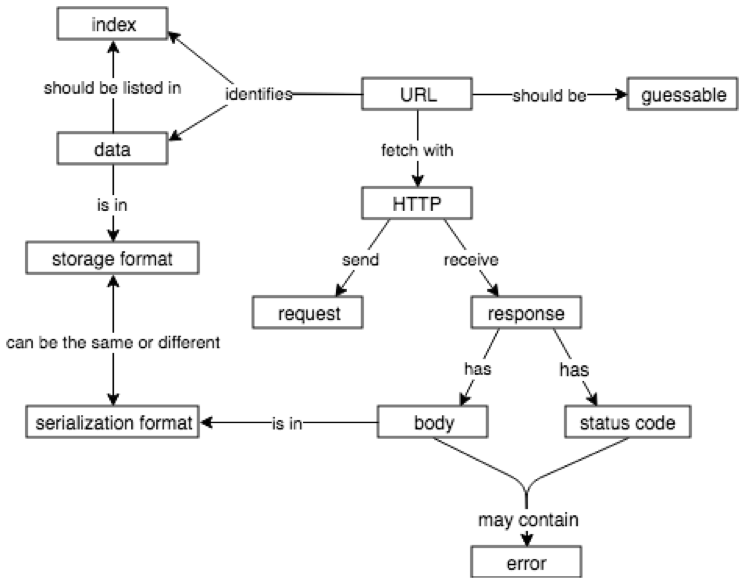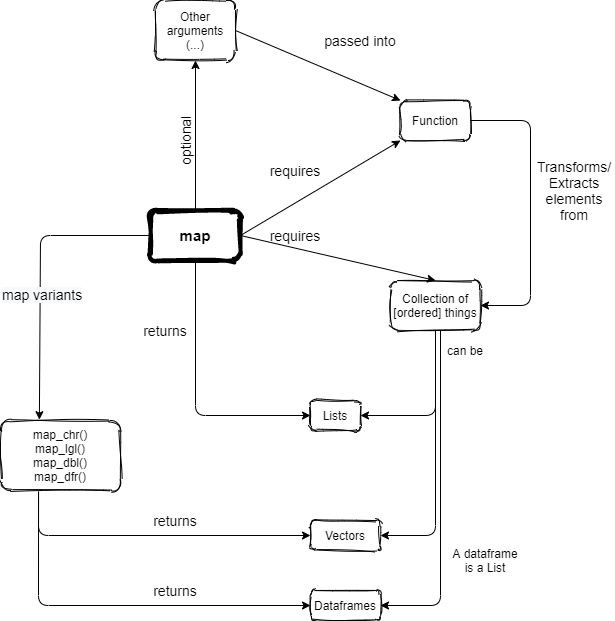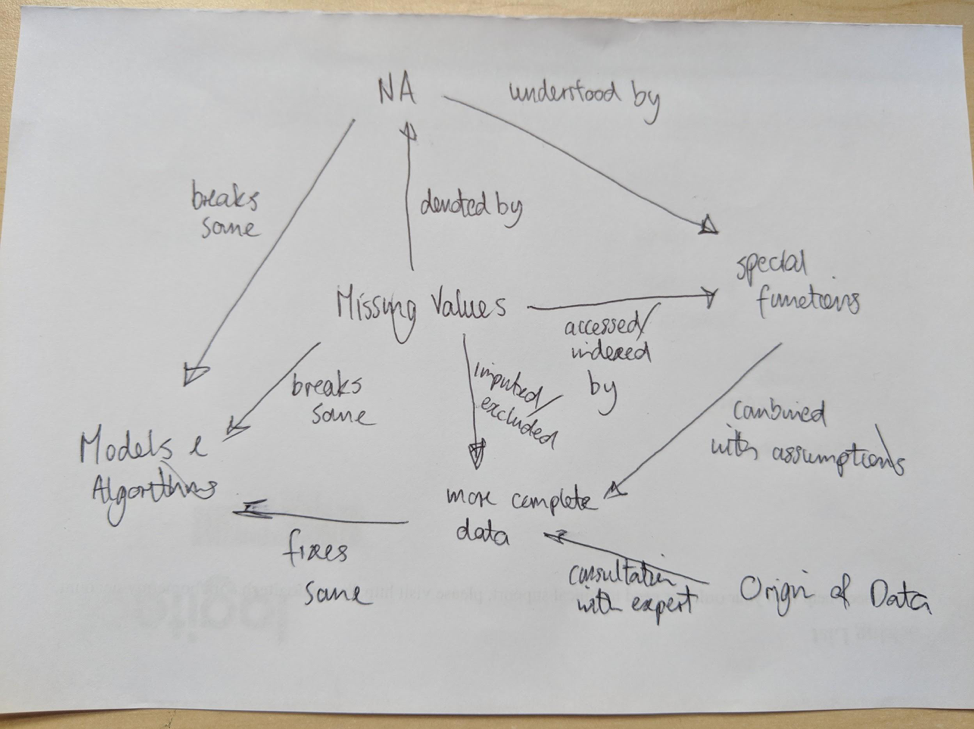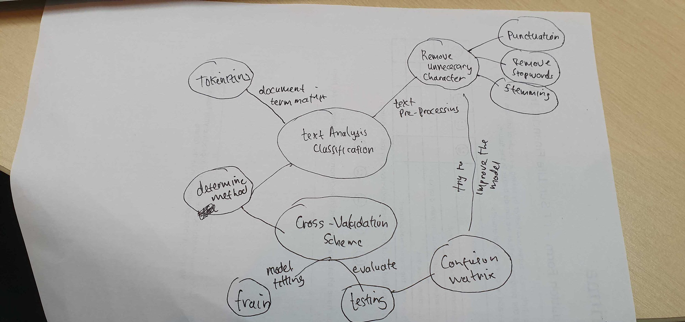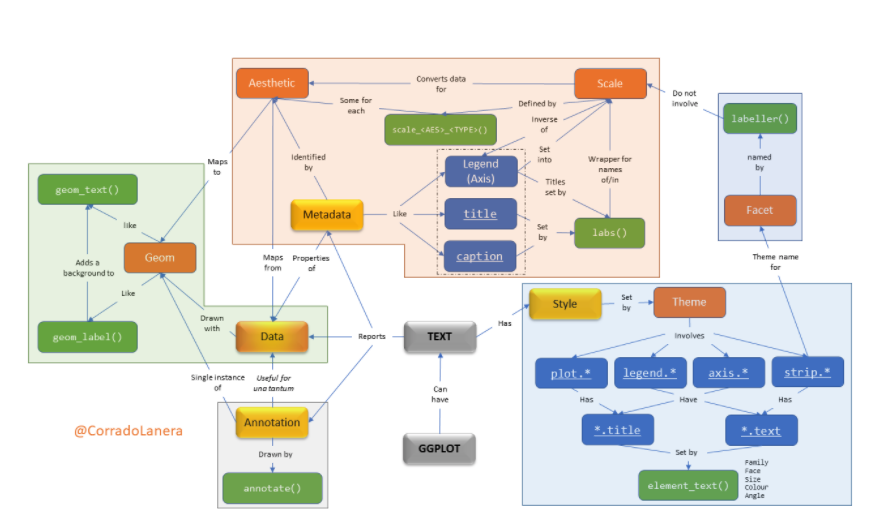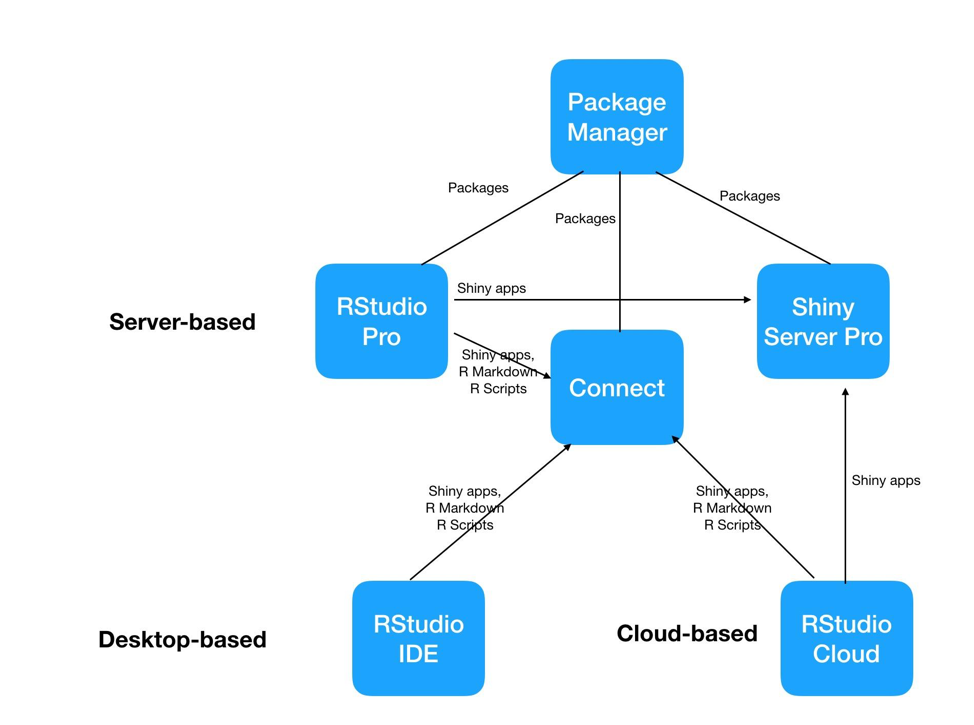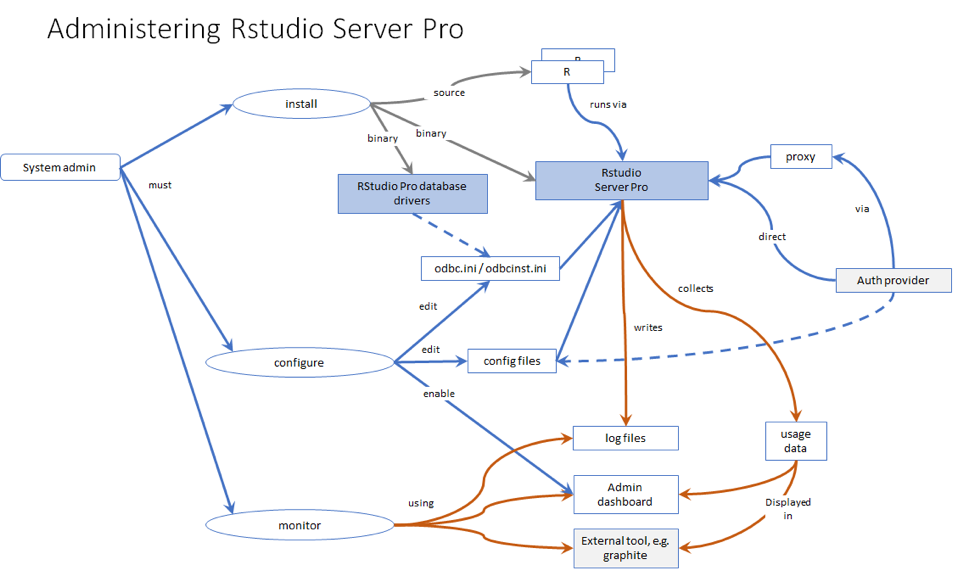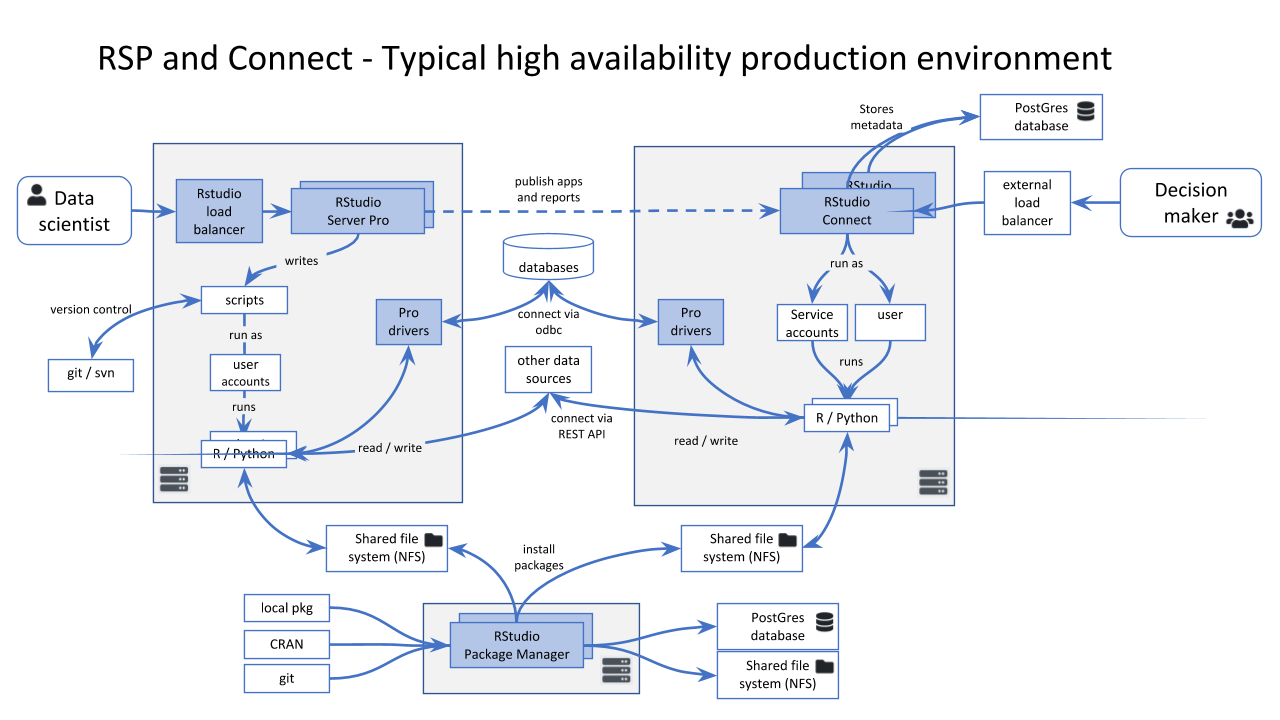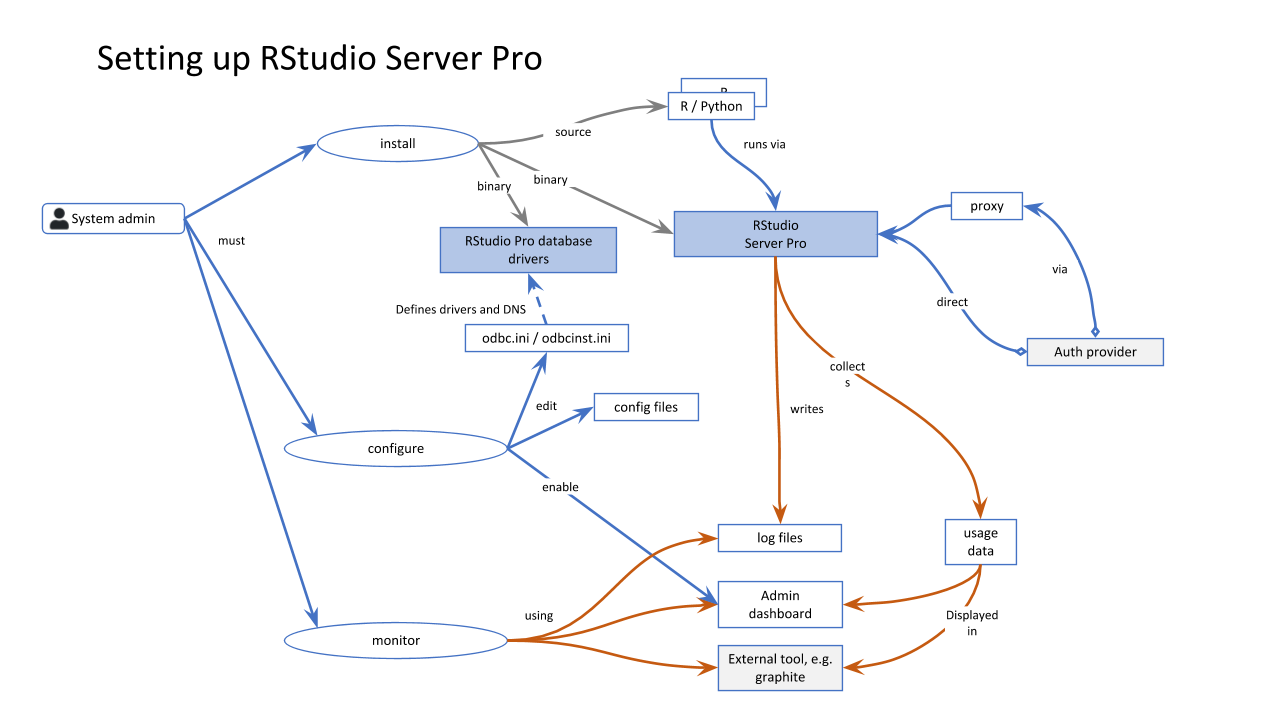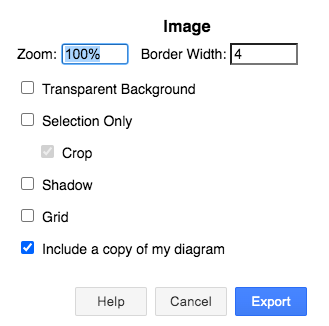Mental models used in introductory data science lessons.
All material made available under the Creative Commons - Attribution license.
- Concept Maps
- dplyr
- select
- filter
- mutate
- group_by and summarize
- data types
- pivoting
- separate - extract - unite
- factors
- R Markdown
- regular expressions
- pipe operator
- clustering
- data syndication
- Make
- functions
- program configuration
- column names
- learnr tutorial
- column-wise operations
- across
- Boolean
- values and variables
- neural networks
- Under Development
- Inspirations
- Contributing
Monica Alonso, Greg Wilson
Monica Alonso, Greg Wilson
Monica Alonso, Greg Wilson
Monica Alonso, Greg Wilson
Monica Alonso, Greg Wilson
Meghan Sposato, Brendan Cullen, Monica Alonso
Florian Schmoll, Monica Alonso
Monica Alonso, Greg Wilson
Ildiko Czeller, Graham Parsons, Monica Alonso
Gabriela Sandoval, Florencia D'Andrea, Yanina Bellini Saibene, Monica Alonso
Monica Alonso, Greg Wilson
Jeroen Janssens, Monica Alonso
Emily Riederer (originally in this blog post)
This one is still unsatisfactory: please contact us with suggestions or submit a pull request to this repository.
Monica Alonso, Greg Wilson
This one is still unsatisfactory: please contact us with suggestions or submit a pull request to this repository.
Garrick Aden-Buie, Greg Wilson
Silvia Canelón
Greg Wilson
Lefkios Paikousis
Roman Popat
Omayma Said
Ahmad Husain Abdullah
Corrado Lanera
Carl Howe
Andrie de Vries
Andrie de Vries
Andrie de Vries
Greg Wilson
Greg Wilson
-
All diagrams are created with diagrams.net, which can be used online or downloaded from the project's GitHub repository (approximately 100MB).
-
Save all diagrams as "Editable SVG" (a superset of the SVG standard that includes information about anchor points and connections).
-
Use the "Sketch" style, which can be chosen from the "Style" menu when no elements are selected. (See this blog post for details.)
-
Use #FEFEFF (very pale blue) as a background color and #000080 (very dark blue) for lines and text. Use 1pt lines, no fill, and 12pt Helvetica. If there is a central concept, give it a 3pt outline and make the text bold and italic
-
Connect both ends of lines to anchor points on concepts and move text as needed so that it does not lie on the line.
-
When mentioning specific functions, do not put
()after the function's name (as this makes it impossible to distinguish between a mention of the function and a call to the function with zero arguments).
-
Export PNG by selecting everything and then using these settings:
- Zoom: 100%
- Border Width: 4 pixels
- Selection Only
- Crop
-
Do not select "Transparent Background", "Shadow", "Embed Images", or "Include a copy of my diagram".
-
Why concept maps? They help authors figure out what they want to teach, give other instructors a quick overview of a lesson, and allow learners to check that they have constructed the right mental model.
-
What about translations? We hope eventually to be able to store translated text in the
.drawiofiles. For now, please copy an existing diagram and save it in the appropriate language directory (e.g.,af/topic.svgfor concept maps in Afar). -
Why SVG? Because vector diagrams rescale much more smoothly than raster images.
-
Why not use color? Or more shapes? Or...? The simpler these diagrams are, the easier they will be to maintain. Simple diagrams also display better on smaller or older devices.
-
Why not use Graphviz, DiagrammeR, or some other tool that compiles text into diagrams?
- As these graphviz-generated files show, it's hard to get their automatic layout algorithms to do as good a job as a person can do.
- They have a much steeper learning curve, which means fewer people will be able to contribute.
- They don't actually make version control easier (reading and understanding the textual description of a diagram is as hard as viewing two diagrams side by side).
